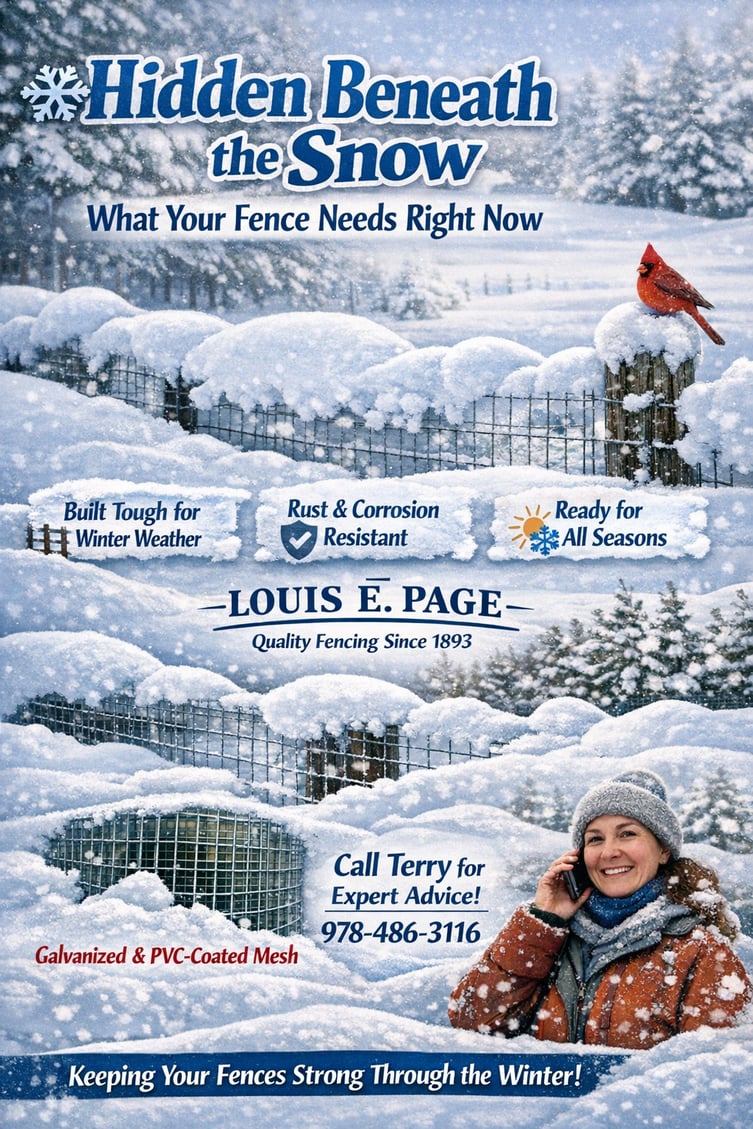Discover the Magic: The Surprising Role of Fencing in Creating Enchanting Spaces
Last night, I had the joy of attending the Festival of Lights at the New England Botanic Garden at Tower Hill with my six-year-old and three-year-old grandchildren. It was nothing short of magical. Twinkling lights illuminated the paths, transforming the garden into a winter wonderland. With 3D glasses, the lights became snowmen and snowflakes, creating a whimsical, otherworldly experience.
Fencing: Protecting and Showcasing Beauty
As we wandered through the glow, something struck me. Certain areas were carefully fenced off—beautiful spaces still visible to all, yet protected from wandering feet. One particular spot had a short white picket fence encircling glowing ground lights. The fence didn’t detract from the beauty; it enhanced it, drawing attention while preserving its integrity.
Fencing often plays this dual role: to protect and showcase.
Thoughtful Design for Your Spaces
At Louis E. Page, we understand that fencing isn’t just about barriers; it’s about thoughtful design. From picket fences that add charm to spaces, to durable wire mesh for conservation projects, fencing helps safeguard beauty while inviting people to appreciate it.
Whether you’re creating your own magical space or protecting something precious, our fencing solutions are here to help.
Let us help you preserve what matters most.
Have a project in mind? Call Terry, our fence expert, at 978-486-3116. She’ll help you find just the right solution to bring your vision to life.
Hoping you have something “magical” in your day,
Debbie Page









